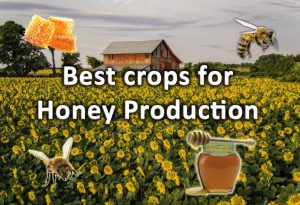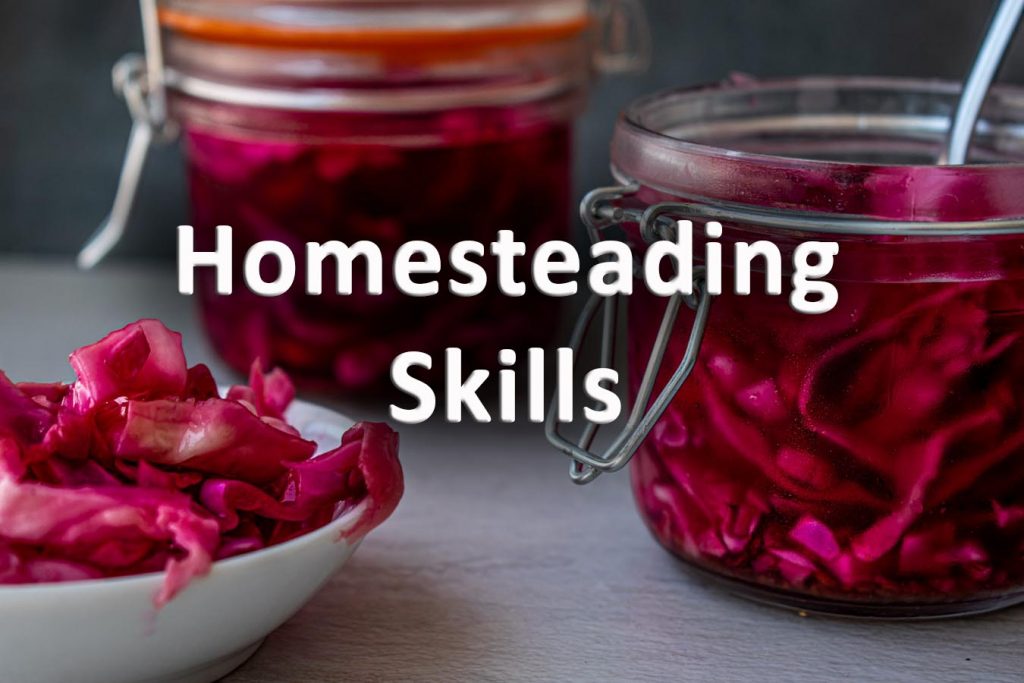Do you know how to grow a garden, bake bread, or grow food? These are some of the vital skills our ancestors took for granted. They had to know how to do such things to survive.
However, nowadays, some homesteading skills might seem like a lost art from a bygone era. Learning how to be more sufficient is beneficial. Whether you want to start a homestead, live off the grid or prepare for long-term emergencies, many essential and interesting skills can help you become a more independent entity.
Many people are looking to do more for themselves by becoming self-sufficient, homesteading or gaining some control over their lives and finances by learning various homesteading skills. Becoming more self-sufficient begins with knowledge and ends in complete freedom.
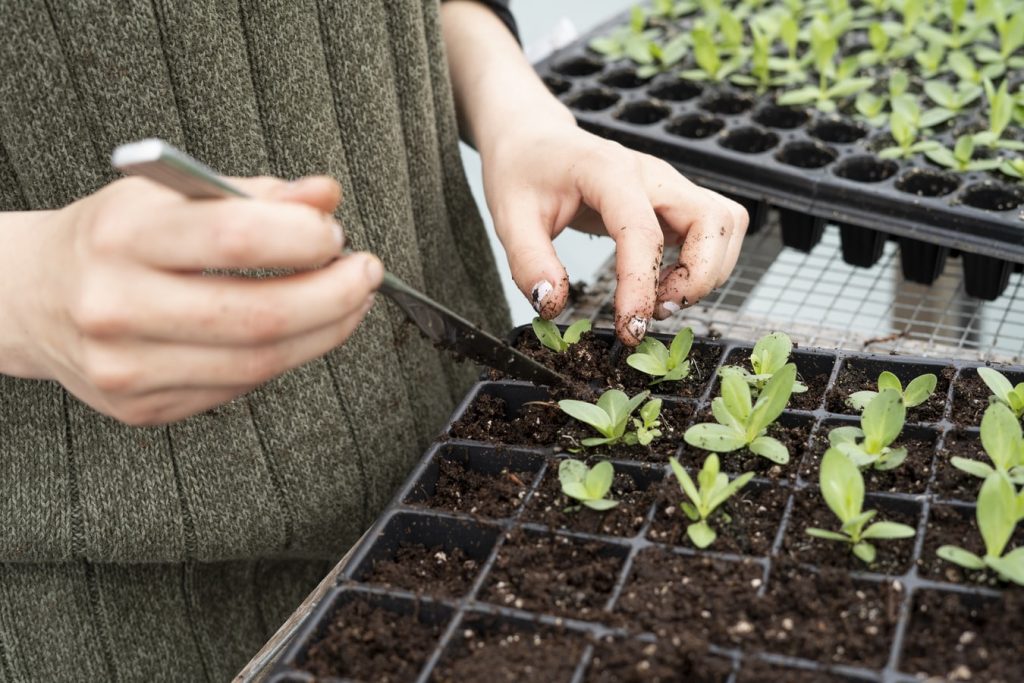
Knowing where to get accurate information without going through irrelevant posts is also another act of self-sufficiency that goes along with learning more physical homesteading skills.
If you want to move towards beginning your own homesteading lifestyle, now is the best time to learn skills that will come in handy for a whole lifetime. Master the skills to become more ecologically sustainable and expand the productivity of your plot.
Put aside some time, money, and energy so you can learn homesteading skills on your own schedule. Go through the list of skills for self-sufficiency and determine your weaknesses and strengths, then plan your next move. Below is a list of skills for self-sufficiency that will keep you busy or even earn you some extra money from home.
Beekeeping
Bees are the best pollinators. Offering them shelter and care comes with various benefits not only in your garden but also on your breakfast menu. Native bees are the most beneficial.
They make the sweetest viscous foodstuff that is rich in various nutrients and sugars which is great for local pollination. Bees products include beeswax, bee venom, and royal jelly. Make suitable hives for them and learn the techniques that will help you reap enough honey, among other rewarding benefits.
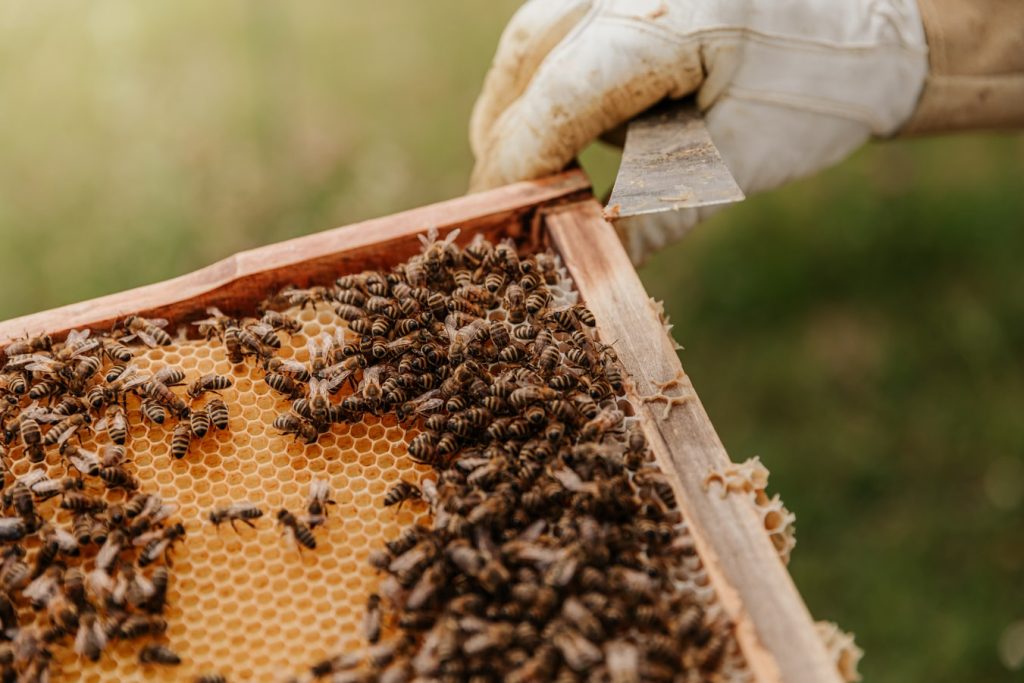
Pottery
Learning this unique skill can help you craft various things from what is essentially a lump of earth. It is a skill that can help you express yourself. It might seem difficult at first, but as you progress and learn more, it becomes more fun.
You can try stretching your imagination as you become more creative with your work and try out new techniques. You can even harvest clay around your homestead for your pottery projects if your subsoil is suitable. With a little effort, you can craft something as advanced as a backyard bread oven.

Leatherworking
This homesteading skill is vital for frugal homesteaders. Leatherworking involves making leather into works of art or craft using shaping and coloring techniques. Learning leatherworking skills can help you better provide for your family, for you can trade or sell your leather goods to others.
Most projects require certain back skills in leatherworking. They include cutting, saddle stitching, and edge finishing. Also, there are more advanced skills that have to do with refining projects such as knife sharpening, skiving, and stitching for distinctive situations.

Shoemaking
With quality leather and shoe-making skills, you are well equipped to make footwear. With the right tools such as a utility knife, gluing brush, and a hole punch, you can make quality shoes for your family at a very low cost. You can take shoemaking courses from an institution that offers them.
Some institutions provide free shoemaking courses designed to be ideal professional training for beginners to gain basic skills and knowledge. Students obtain detailed instructions on the shoemaking skills they need in the field, beginning with the basics.
Winemaking
Learning various methods of producing wine is one of the vital homesteading skills for self-sufficiency. It is also an effective way of preserving fruits such as grapes if you have high yields and suitable surpluses.
The process is simple since it includes selecting ripe fruits, crushing them, and allowing the final product to ferment for a few days. When you bottle the finished liquid, you can shelf it for an extended period, you can also get extremely tipsy which is always positive!
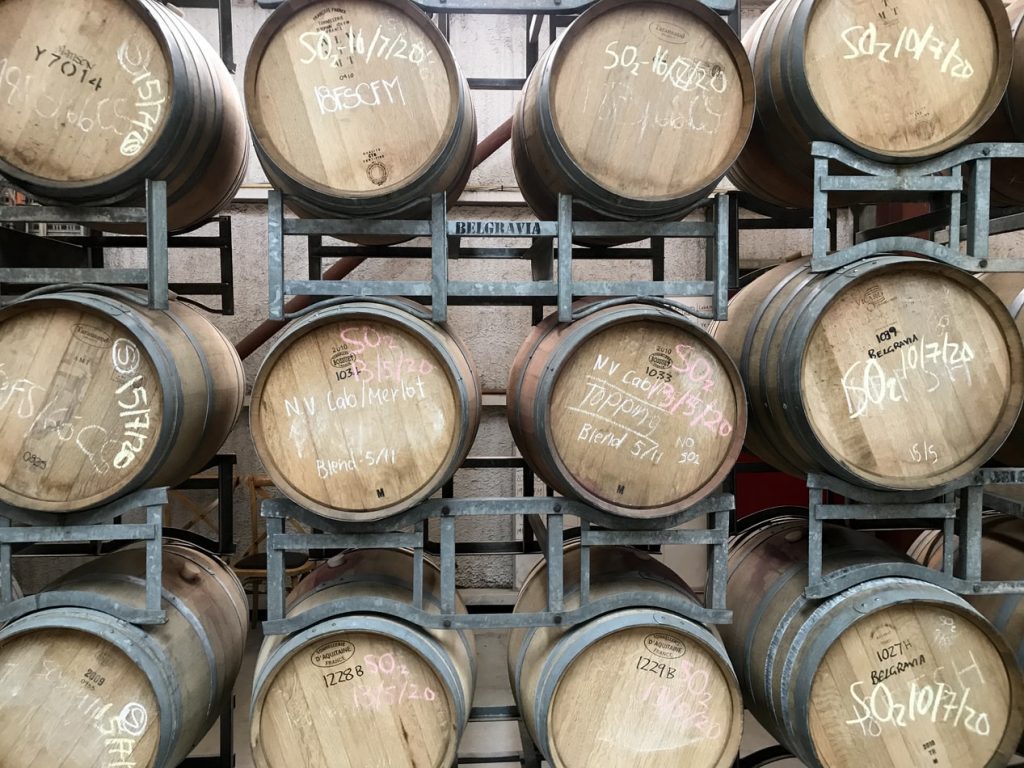
Cheesemaking
If you can make butter, you are ready to learn cheese making. Whether you like it soft or hard, flaky or creamy, cheese is perfect for salads, pizzas, and sandwiches. The cost of making cheese at home is around a quarter of the price of buying inferior products in the supermarket.
When making your own cheese, you only pay for the ingredients. Properly homemade cheese is better than store-bought cheese. This is because homemade cheese does not have many preservatives or hazardous, artificial ingredients.
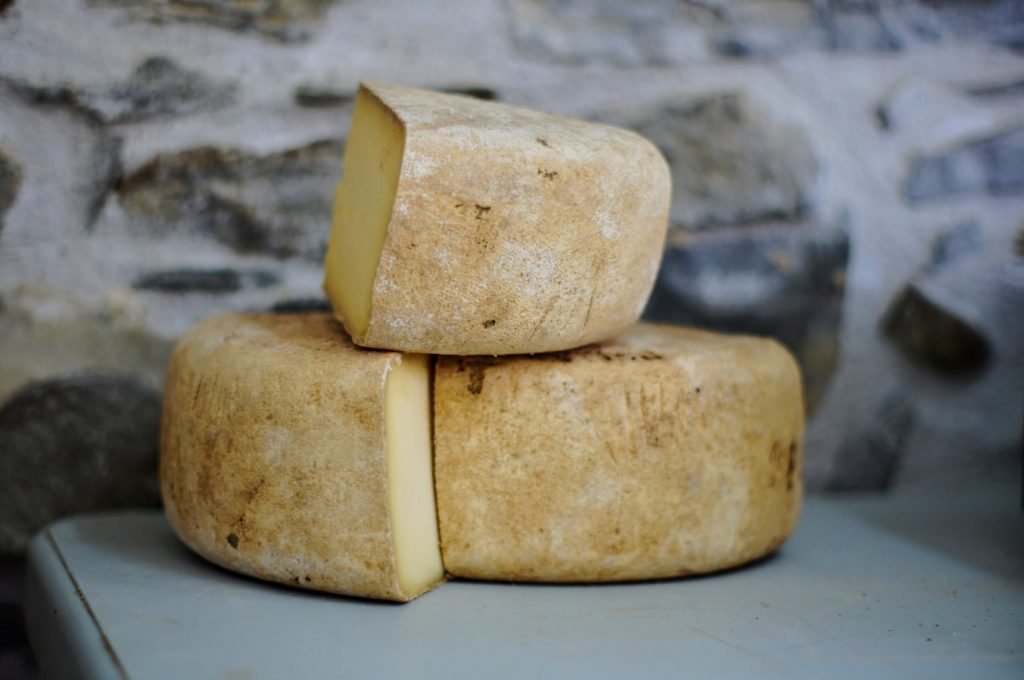
Smoking
Equip yourself with smoking skills for self-sufficiency to not only extend the shelf life of meat but also add a distinct flavor that no one can duplicate with other cooking techniques like baking and grilling.
Smoking meat and fish also help reduce the fat in food since the fat drips during the process, where you end up with a healthier final product. In addition, smoked meat is rich in iron content, fish is very high in essential nutrients such as omega-3 fatty acids.
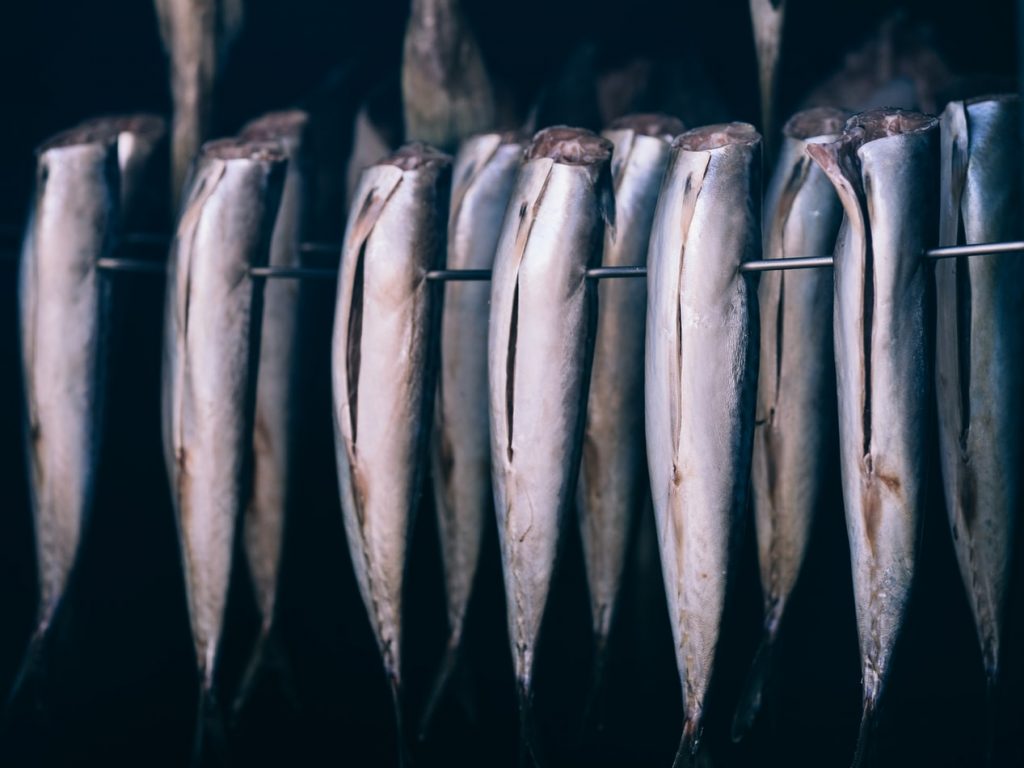
Storing
Storing of materials is essential to protect your goods or food from losses brought by damage and quality deterioration. You can store food such as fruits and vegetables from going bad using techniques such as canning, drying, salting, curing, and freezing.
You can use any of these processes depending on the type of product you want to store, the storage facilities available, and the quality desired. With different storage skills, you can minimize wastage to a minimum.
Preserving
You can hardly hold fruits or vegetables indoors for extended periods during the winter months. Therefore, learn how to preserve your yields to enjoy on cold icy days. Whether it is a water bath or pressurized canning, depending on the ingredients’ acidity, it keeps food fresh and secure for long periods.
However, it is essential to learn the right techniques since bacteria are not friends of canners. Bacteria is vital for fermentation, but there are plenty of cool recipes for delicious flavours and shelf stability. Either on a burner, dehydrator or in the open air, you can dry store almost anything.
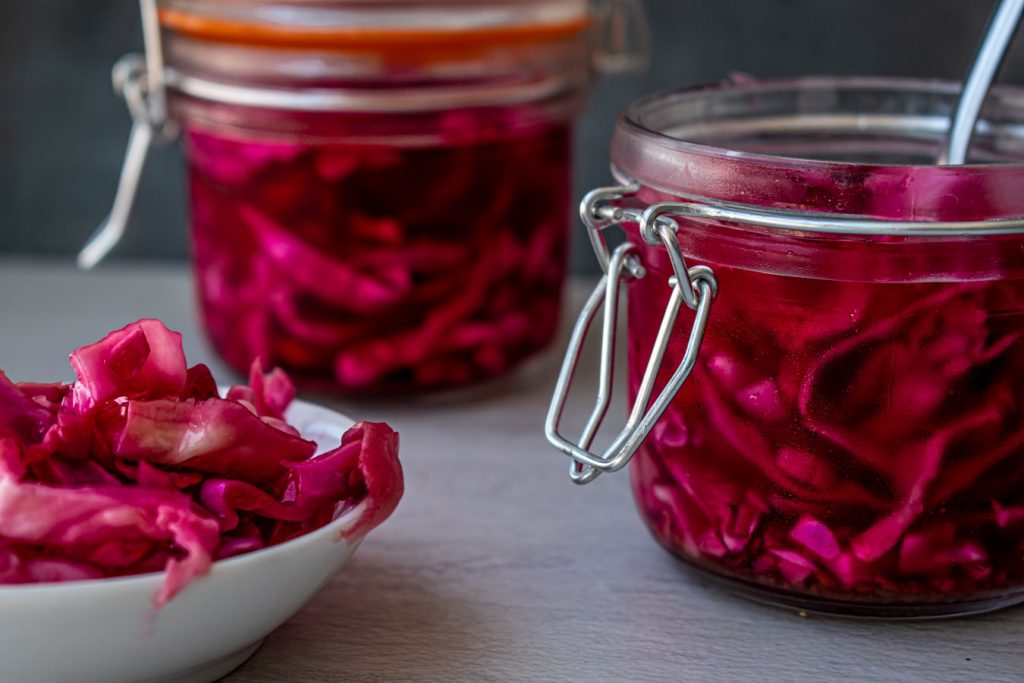
Vegetable growing
Growing nutritious food just outside your house is among the most reliable self-sufficiency activities. When you cannot commute to the grocery store to get food, you have peace of mind since your small garden can provide for you and your family. You can also produce more than enough to pass to some to your friends and neighbours.
Vegetable growing is difficult, and it comes with various challenges. You must agree that fresh sun-ripened tomatoes from your garden beat the store-bought ones. The same goes for beans, lettuce, peas, and carrots.
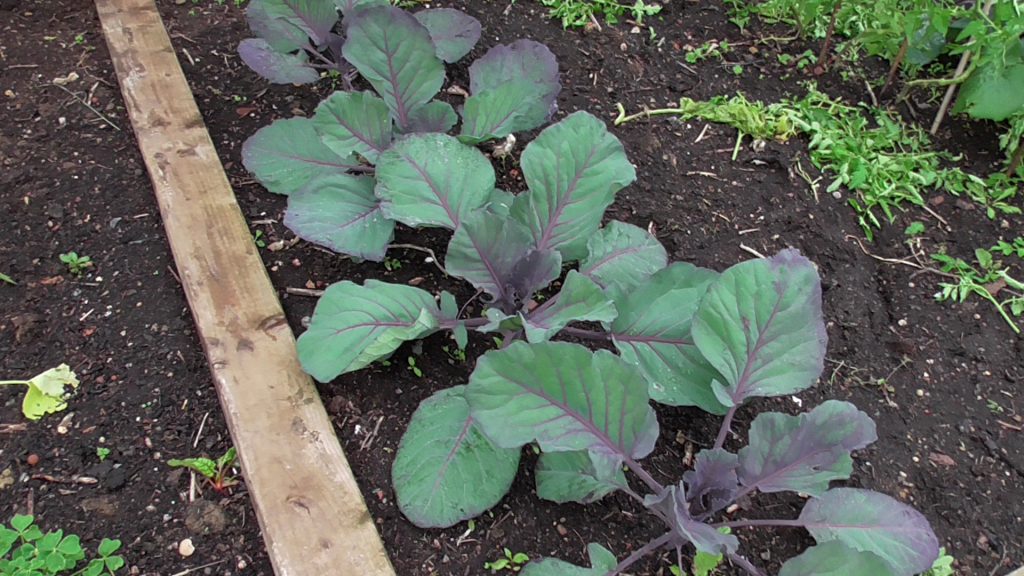
Crop rotation
Various homesteading skills are very helpful in the long run. Crop rotation is one of the vital skills for self-sufficiency that help prevent disease in organic gardening. Farming the same plant for an extended period in the same place encourages diseases to build up.
It is essential to skip between 2 and 3 years of growing the same crops to maturity. Non-cereal and cereal crops have different diseases that may switch back and forth as much as possible. Crop rotation also allows your soil to regenerate in nutrients so it stays fertile and productive.
Animal husbandry
While homesteading, it is essential to raise animals such as dairy cows, chickens, goats, and sheep for milk, eggs, as well as a meat supply. For better production throughout your homesteading journey, it is essential to learn and practice animal husbandry.
It involves the day-to-day care of these animals, selective breeding, and raising. This can help raise your homesteading standards through higher production of animal products leading to an increase in income. That means you can produce more than enough milk, eggs, or meat and start selling products to your local community.
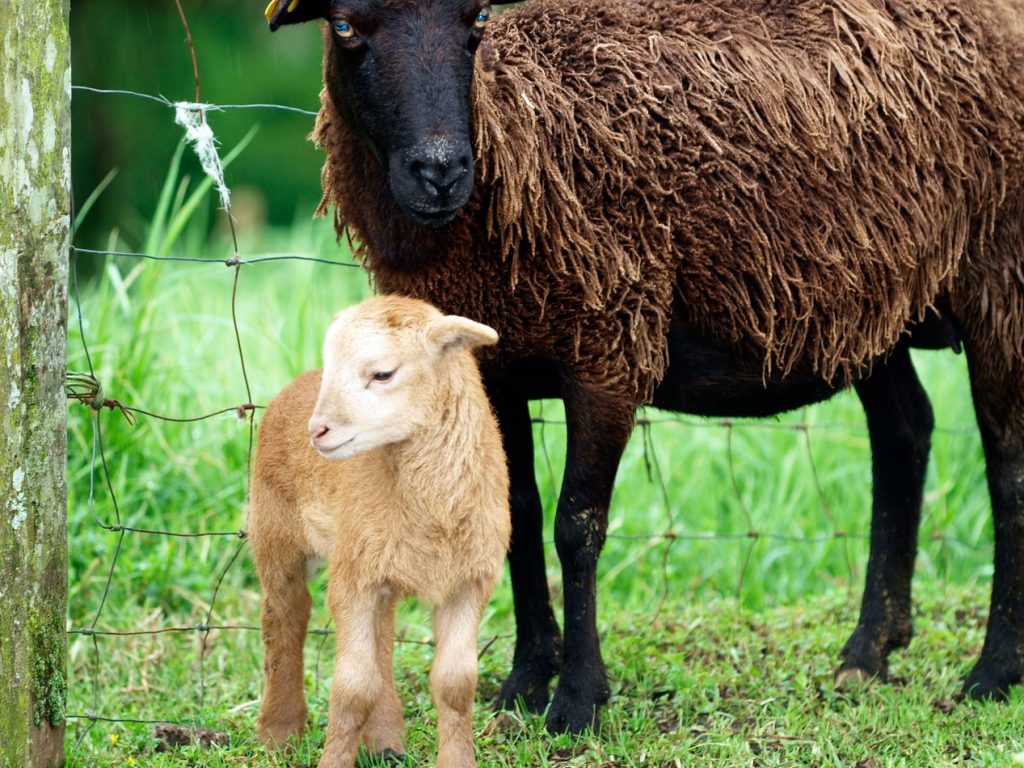
Raising fish
Fish farming is among the best skills for self-sufficiency. It involves raising fish in tanks or enclosures such as ponds for food. The skill is easy, convenient, and does not affect the environment, unlike large-scale wild harvesting or aquaculture. Apart from feeding your family with healthy, homegrown fish, the high production can help you sell your fish for a profit. You only need a small space for a common size circular culture tank of between 12 to 30 feet in diameter.
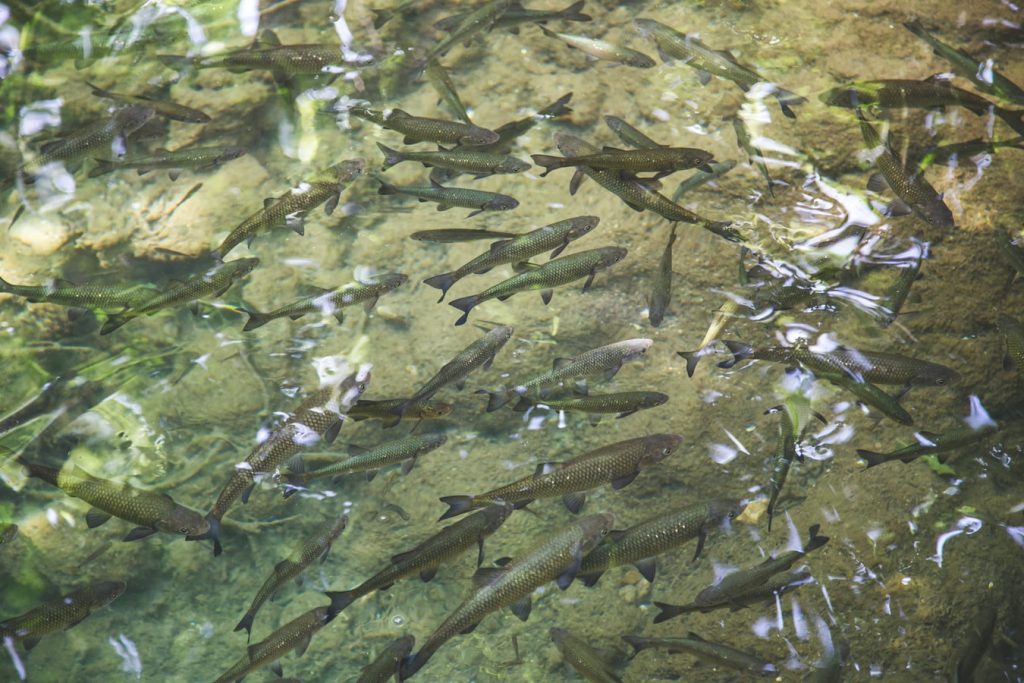
Hunting
For practicing omnivores, gardening is fine. However, you can collect a lot of protein within the surrounding environment. Learn several hunting techniques using what available weapons you choose. Make sure you familiarize yourself with your homesteading region’s hunting laws and make sure you are safe when searching for prey in the woods. Unless you intend on taking your kill to a processor, learn to gut, clean, and butcher the carcass.
Fishing
Fishing is one of the homesteading skills that can come in handy, especially for homesteads near a river or a dam. Learn the various fishing techniques, including hand gathering, netting, and trapping, spearing, and angling.
You can buy fishing guide books or join a group of experienced fishermen and learn the basics. This activity can help you unwind and put food on the table for you and your family.
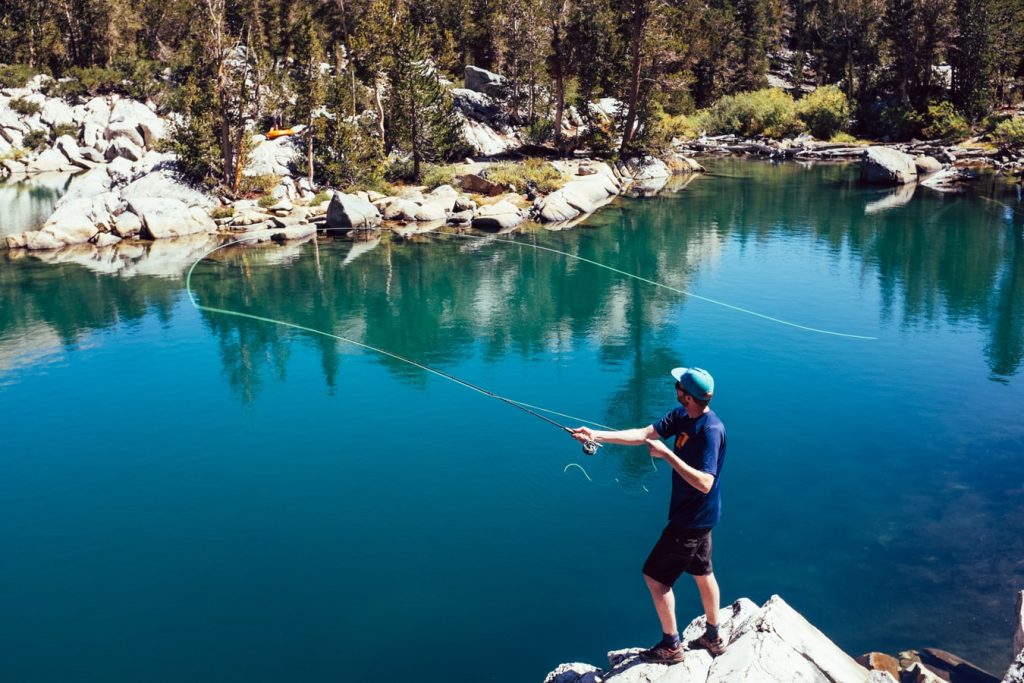
Butchery
When you raise chicken, turkey, and other birds, you may want to eat more than just their eggs. At first, it may seem difficult to handle both harvesting your meat and the process that it involves. However, you will get used to the experience over time.
Learn how to butcher the birds or small animals such as goats for self-sufficiency. You can also ask an experienced person to help you the first time you butcher and impart support the learning process. There are now many good butchery courses available including some online.
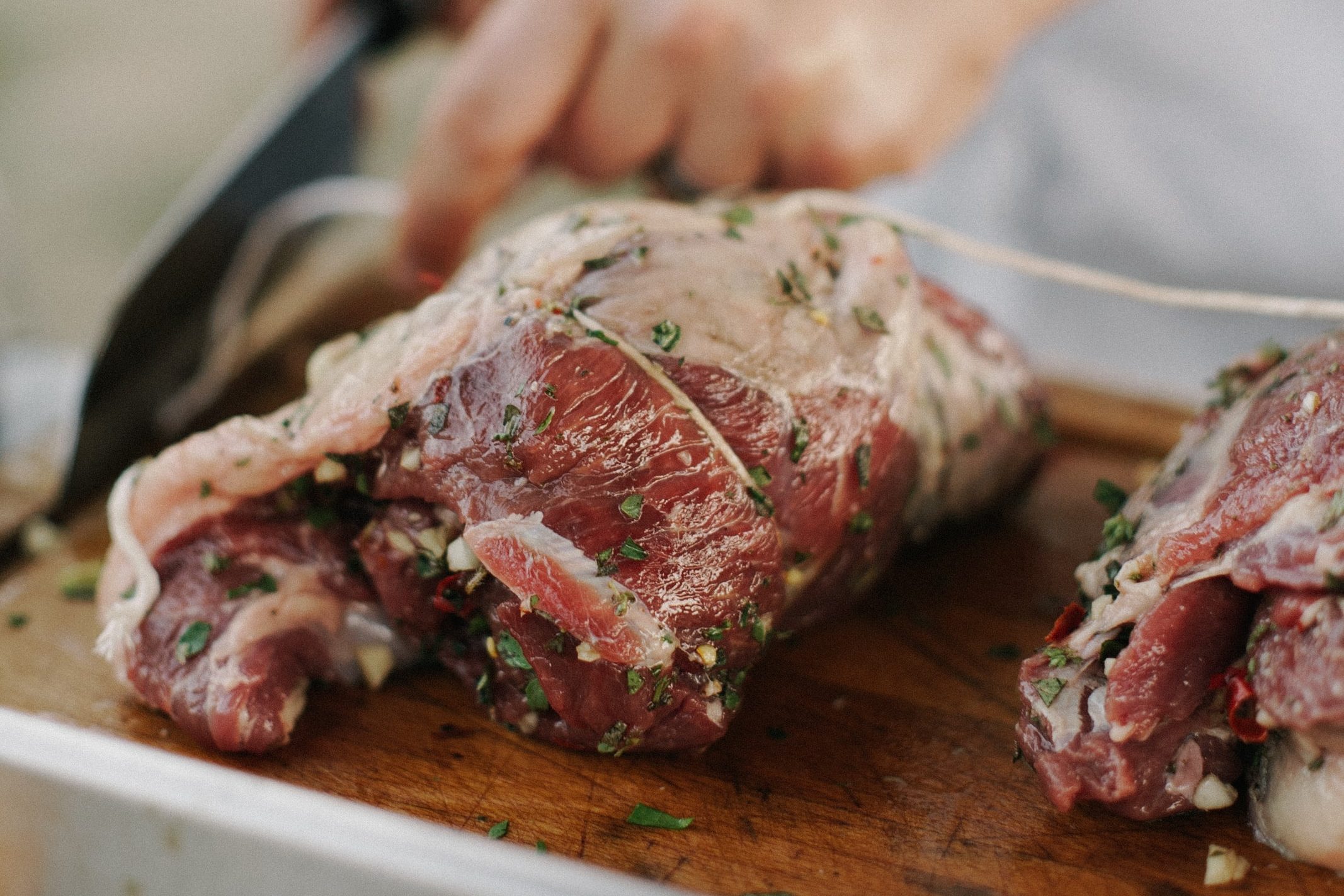
Curing
Learning various homesteading skills is vital not only for self-sufficiency but also comes in handy in taking care of yourself. Curing is not only about extending the shelf life of food but also creating the best flavors possible.
You only need basic ingredients, equipment, and some degree of organization for successfully curing a wide range of year-round or seasonal produce. Invest in curing guide books and learn various curing skills for self-sufficiency.
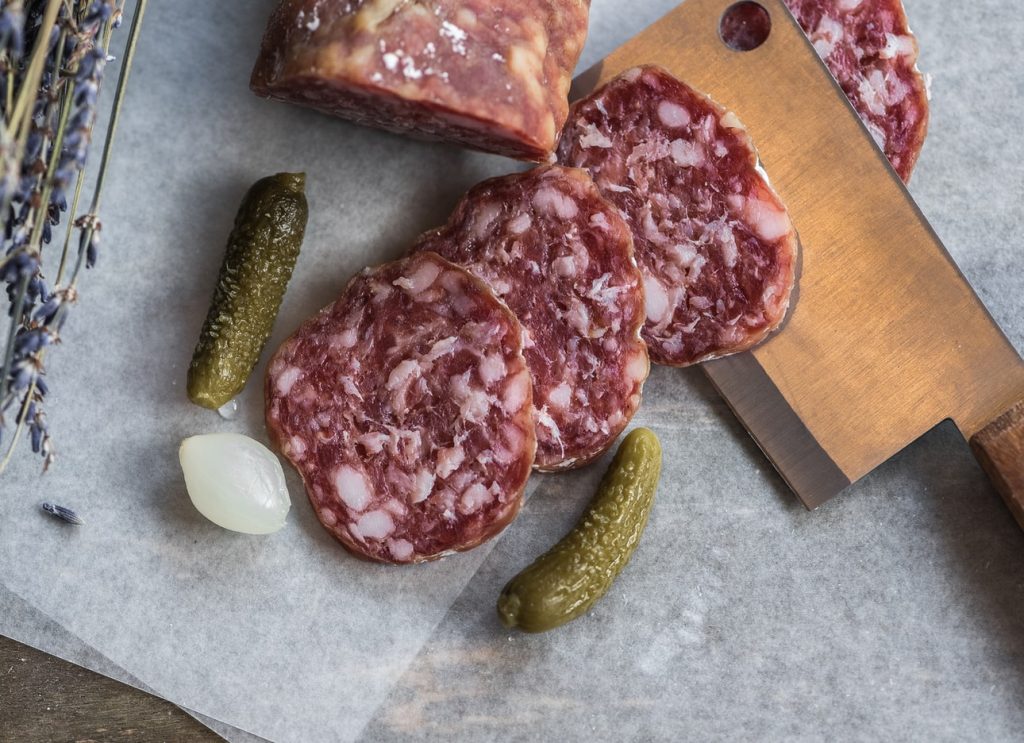
Carpentry
Some of these homesteading skills for self-sufficiency may seem difficult to learn, but once you learn, they become even more exciting. Structures such as decks, shelves, chicken coops, barns, fencing, play structures, and shelves are some things you may need on your homestead.
Learning carpentry skills can also come in handy in making repairs. Some home stores and even carpenters offer carpentry classes for beginners. Also, you will need to invest in various quality tools and learn how to use them.
Masonry
The best way to learn basic skills for self-sufficiency, such as masonry, is to just start doing it. It does however require some basic knowledge and practice to succeed. Stone, concrete, brick, and mortar are the materials for the masons’ trade. You may need to build walkways and foundations that act as a beam to support wooden structures around your property.
This skill may also come in handy during the long-term repair. You can learn the basics of this skill online and practice with someone with a few years of experience in the same field. At the very least it is good to acquire a good book on the subject before you start out.
Bread making
Making bread is a simple pleasure and an excellent starting point for people looking to be a little self-sufficient. Bread-making is creative, and you can achieve it even if you have only basic culinary skills. A majority of homesteaders claim that you have to learn the art of making sourdough bread, an important aspect of home-made skills.
It is true you will definitely need it, eventually. It is both special and economical to capture those yeasts. However, sourdough can be unpleasant for new bakers. Therefore, feel free to buy dehydrated yeast so that you start on your breadmaking journey.
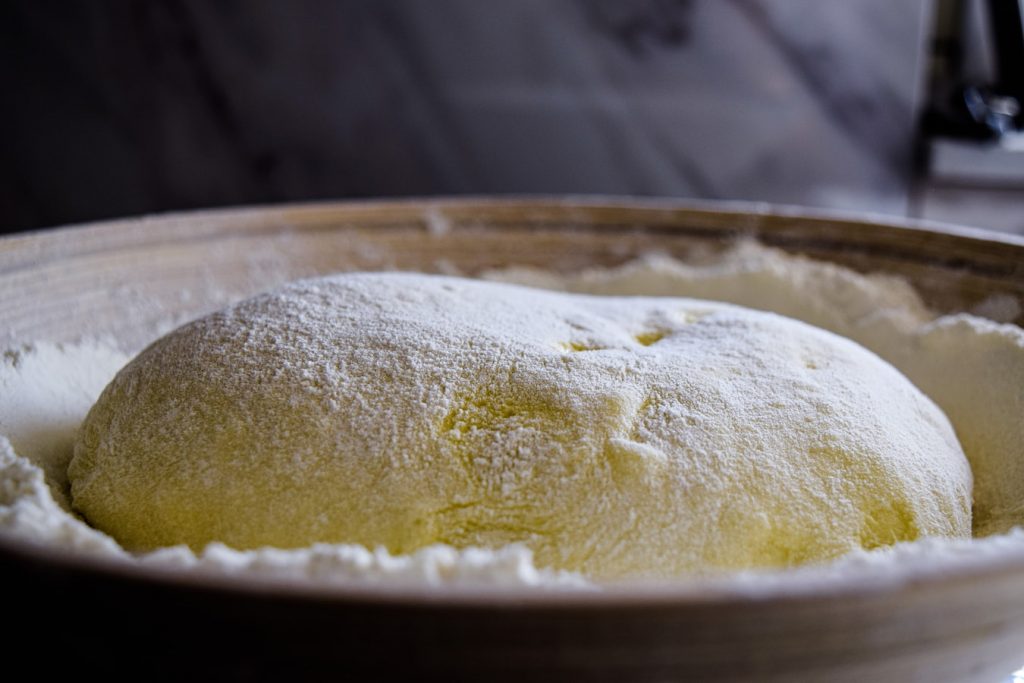
Forestry management and coppicing
Learning woodland management skills for self-sufficiency comes with a wide range of benefits. The repeatedly felling of trees at the base and allowing them to regrow (coppicing) not only provides a sustainable timber supply but also offers the benefit of minimal soil damage during harvest.
It also helps increase the diversity of trees by allowing certain species to reach maturity. Coppicing trees can also assist in maintaining the long-term fertility of lands. Using certain tree species it can also become a continuous method of nitrogen-fixing and also carbon capture.
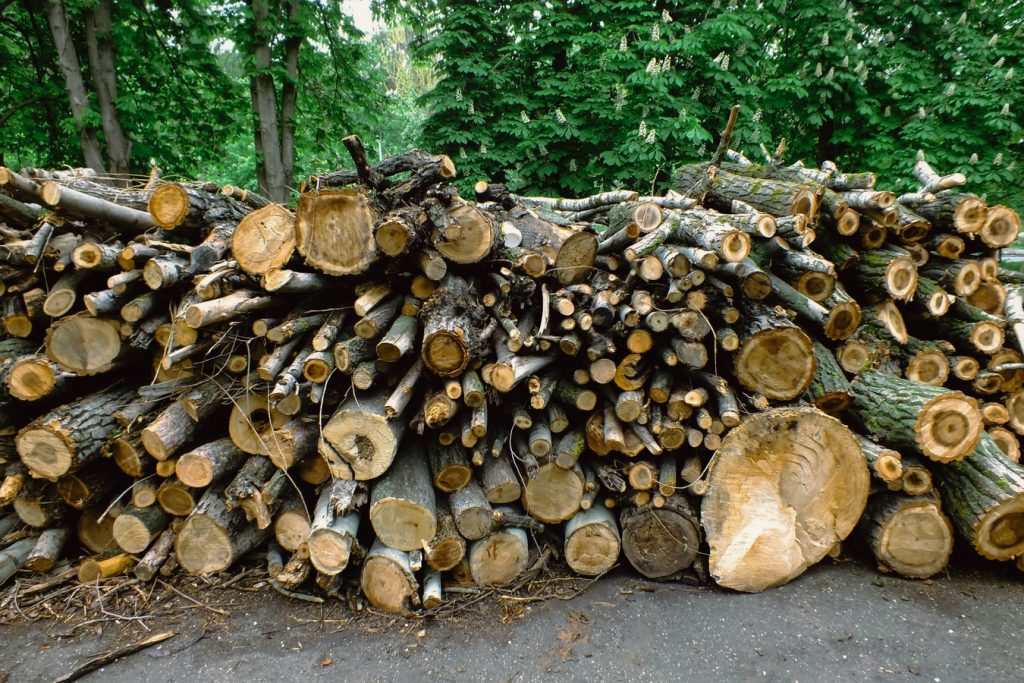
Making charcoal
Charcoal making is an extremely useful homesteading skill for self-sufficiency. It involves burning wood and other organic matter in an environment with a low oxygen supply.
This helps extract water and other volatile elements such as hydrogen, tar, and methane to allow the final product, which is charcoal, to burn at high temperatures while producing very little smoke. This process can take a few days.
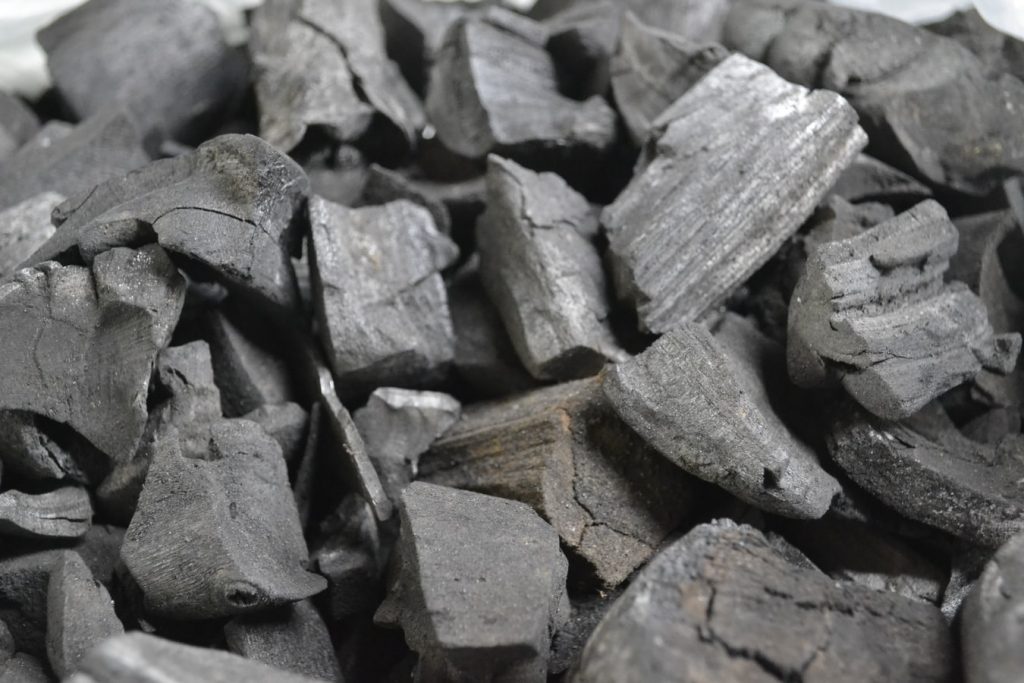
Cooking
Self-sufficiency involves various activities, including preparing your own food. You will need to cook nutritious meals after you harvest your garden yield.
Yes, carrots or raw cod can be nibbled, but cooking enhances the bio disposition of certain nutrients to optimize the use of fruit and vegetables for energy. Aside from science, home-cooked food is tasty. Customizing your food to how you like it is also fun. Why not check out our article on recipe’s for self sufficiency including this delicious snail recipe below?
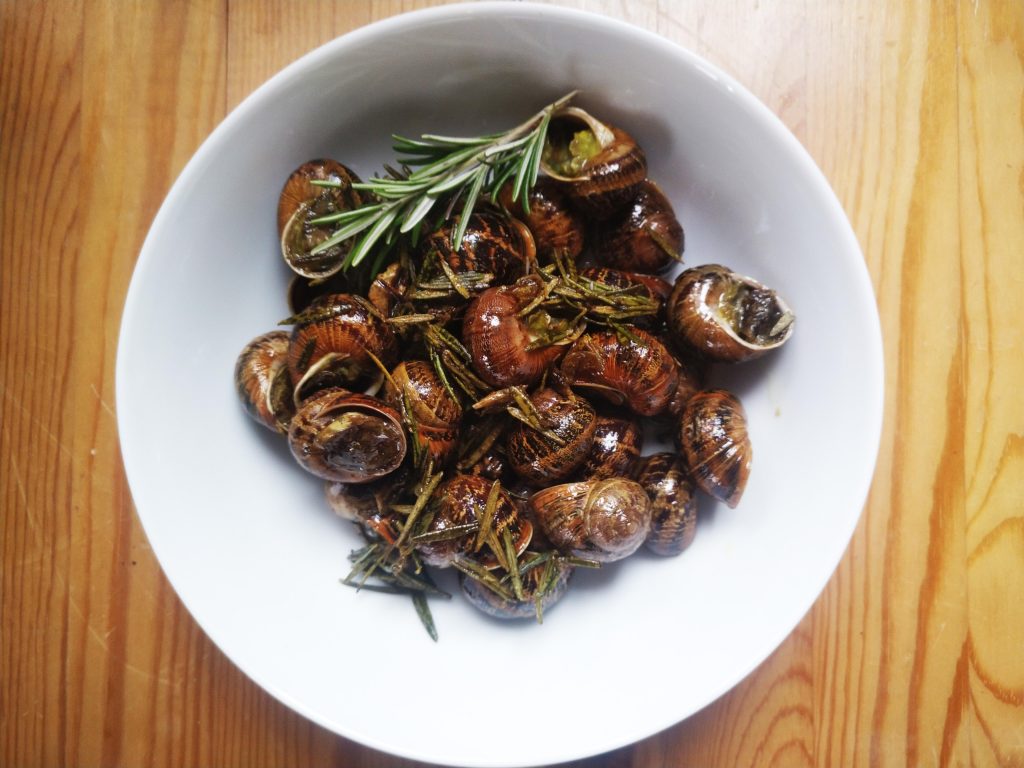
Soap making
While homesteading, you may need a hot shower after cleaning your pigs, goats, or cows. Therefore, soap is essential commodity for working the land and especially for washing clothes. Learning to make your own will certainly be a game changer in the pursuit to become self sufficient.
There are various levels of commitment to this activity, including melting and shaping the soap to making soap from lees and fat. You can make the lees from ashes from the fireplace, depending on how you want to produce the product.
Foraging
If you are homesteading in the woods that provide food, but you dislike killing animals, the forest floor can provide your dining table with lots of wild delights. However, remember that careful identification of the edibles on your dining table is vital to avoid ending up eating poisonous plants and fungus.
Invest time to learn about the editable plants and ensure you carry a guidebook. If you are not sure about a particular plant, it is better to leave it alone.
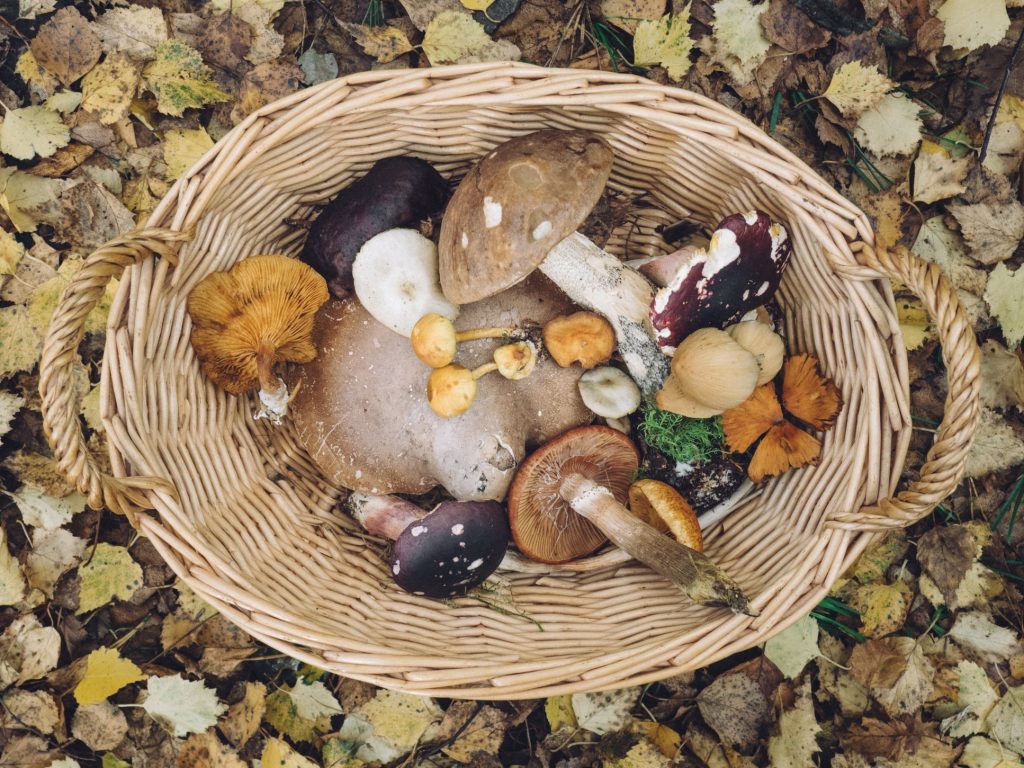
Thatching
Before you begin your homesteading journey, learn the art of thatching using dry vegetation such as rushes, palm branches, water reed, straw, sedge, or heather. This is one of the most vital skills for self-sufficiency that does not require much apart from time.
Layering the vegetation on the roof can protect you and your family or your domestic animals from rain. You can use the old roofing technique in both temperate and tropical climates.

Whittling
When homesteading, it is essential to learn whittling skills for self-sufficiency. The skill involves carving shapes from raw wood or bone using a knife. All you need is a light, small-bladed pocket knife.
The skill can help you have fun when you have free time and come up with a unique product such as a spoon or wooden toy. Whittling is a unique exercise in self-sustainability but one which can certainty come in handy.
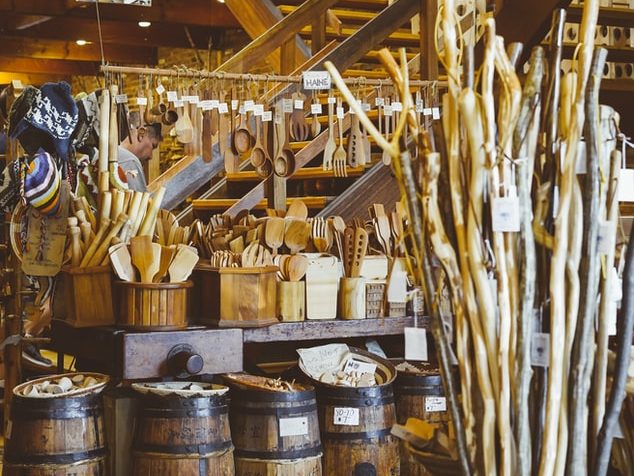
Metalwork
Learning the art of making things out of metal is a vital homesteading skill that can come in handy in your life as a homesteader. The art of metalworking has allowed secondary processes to develop and can help you increase income by coming up with useful tools. Professionals categorize the metalworking processes into three categories, including:
- Forming
- Cutting
- Joining
It is vital to note that casting is among the most widespread metalworking techniques that involves pouring metal into a mould, cooling, and solidifying it into any shape.
Oil pressing
While homesteading, you will want to cook your favourite meals and every day dishes using fresh oil. However, you need to learn the skill of pressing quality oil. Fresh oil is richer, flavoursome, and more fuller tasting.
As a result, you may use less oil compared to cooking with oil from grocery stores. You can use an oil press to squeeze fresh oil under high pressure from raw materials like seeds, algae, nuts, and vegetables.
Tree tapping
Learning tree tapping can be an extremely fun and resourceful for the self sufficient homesteader. Learning this skill can actually allow you to produce food out of environments you did not think was possible . Tree tapping It is the transfer of sap from the tree into a collection vessel.
This process can sometimes take between 4 and 6 weeks for the sap to flow. The sap is a natural anti-inflammatory, astringent, and antiseptic that not only treats but also bandages wounds. You can even chew the softer sap of some trees like gum if you are having a sore throat or a cold.
Mushroom growing
Learning the skill of growing mushrooms for self-sufficiency adds flavour and nutrition to your dining table. Producing your own mushrooms is way cheaper compared to buying mushrooms from grocery stores.
If you take care of your mushrooms properly, they can continue to grow and sustain themselves for an extended period of time without having to plant more or preparing a new mycelium. You can produce more than enough mushrooms from a very small space and also in shady areas. Mushrooms can be grown on logs or other waste materials.
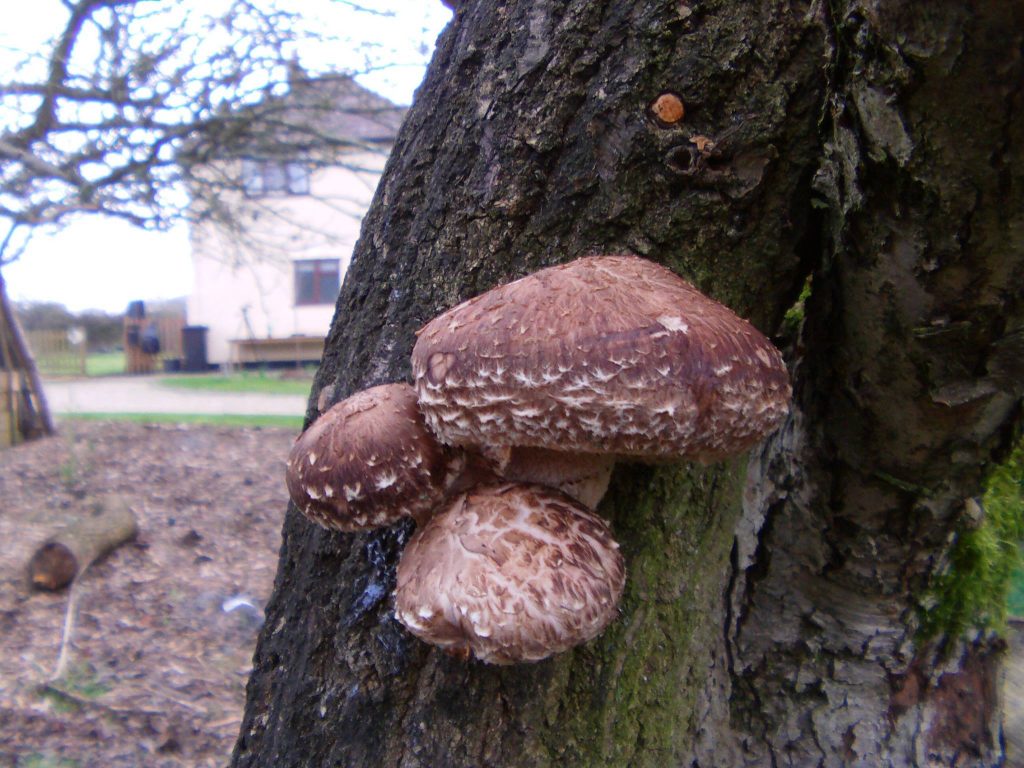
Textiles & Knitting
If you are skilled in textiles and knitting, you will soon have a wide range of threads to choose from. However, there are several local farmer’s markets, online shopping, and local yarn stores to fulfil your textiles and knitting needs. Such skills are perfect for making useful commodities such as bedding using your hands.
Textiles and knitting are vital skills for self-sufficiency. You can use the skills to make warm clothing for the winter months. You can begin with a hat, or a scarf, then move on to more complicated projects such as socks and a sweaters.

Basket making
With the irregular bounty of seasonal gluts from your growing areas garden, you will want some sort of a carrying vessel on the ready. Learning to make a basket takes time, especially if you are outsourcing the weaving material.
However, if you are homesteading in an area with numerous weaving materials and generally love baskets this is an added bonus. learning to make them can very ecological and resourceful, eliminating the need for plastics. Basket making may also become a future way to earn some extra money for your family homestead.
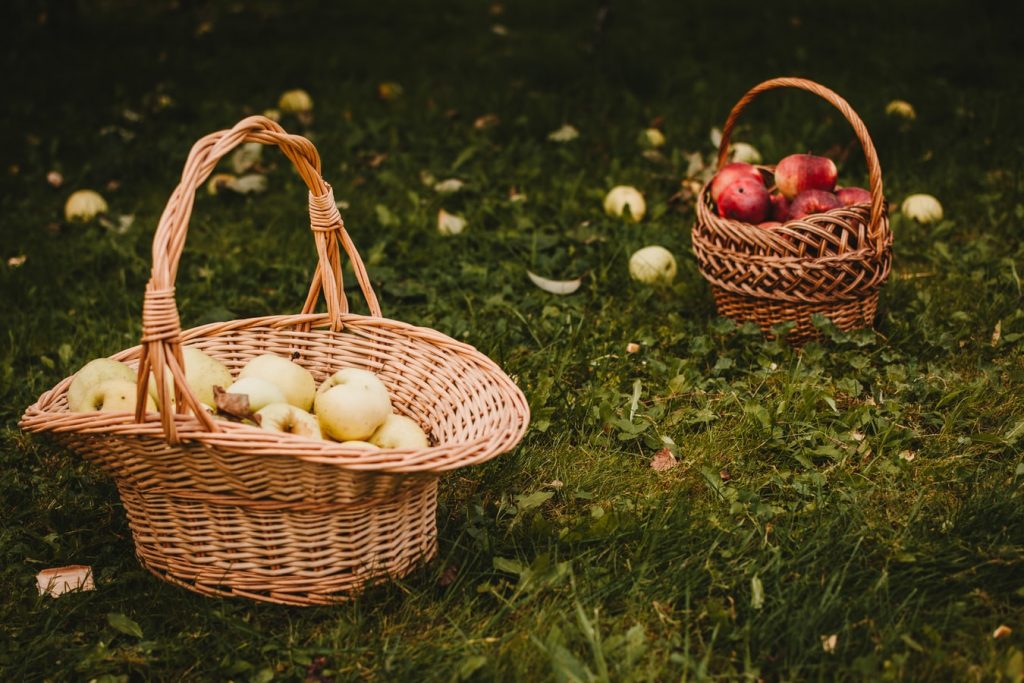
In conclusion
Learning how to be self-reliant comes with the benefit of gaining more confidence. These homesteading skills provide you with the ability to care for your loved ones in the event of unforeseen circumstances. Most of them can also help you reduce your living expenses and provide new community services. Consequently learning these homesteading skills can be a rewarding and enjoyable journey and venture.
Back to home
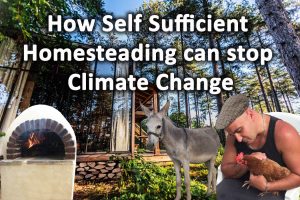
How Self Sufficiency and Homesteading can stop Climate Change
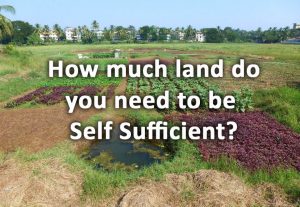
How much land do you need to be self sufficient?
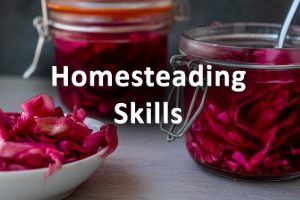
Homesteading skills, for Self Sufficiency
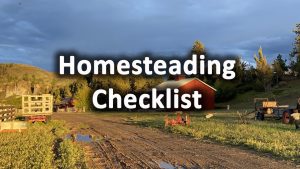
Homesteading Checklist for self sufficiency

A beginner’s guide to self sufficiency & its benefits
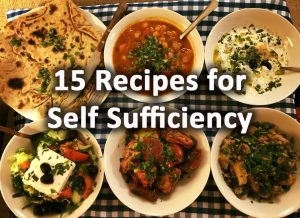
15 recipes for self sufficiency
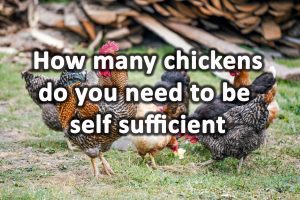
How many chickens do you need to be self sufficient?

27 foods you can forage for free near your home
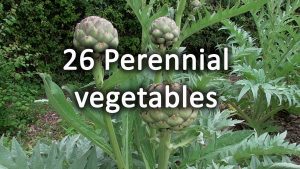
26 Perennial vegetables for the garden

Self sufficient homes
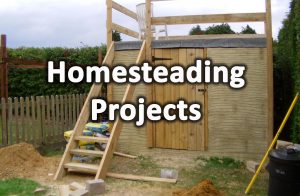
31 Homesteading projects
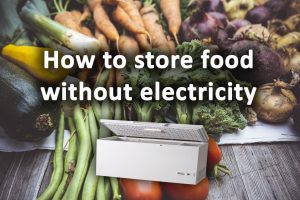
15 Ways to Store Food without Electricity
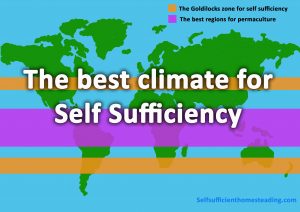
The best Climate for self sufficiency
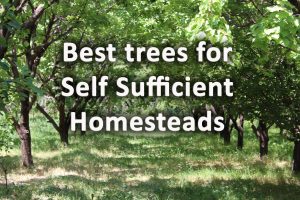
The most useful 22 Trees for a self sufficiency & homesteading
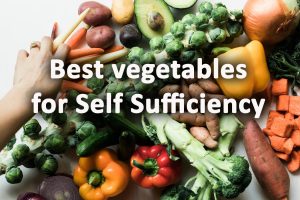
31 Vegetables for self sufficiency
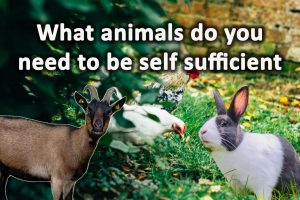
What animals do you need to be self sufficient?

How to stop Climate Change with Crops – Crops for climate change
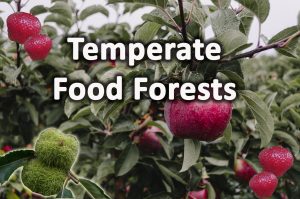
Temperate Food forests

32 Homesteading products for self sufficiency

10 Ways to Sustainably Heat Your Home

10 Ways self sufficient homesteading can be good for your health
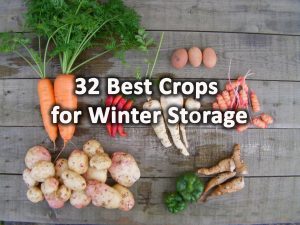
32 Best Crops for Winter Storage
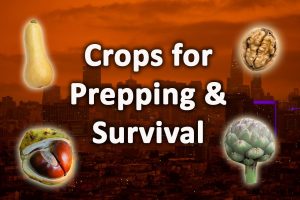
34 crops for prepping and survival
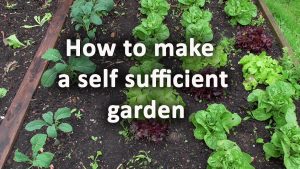
How to make a self sufficient garden
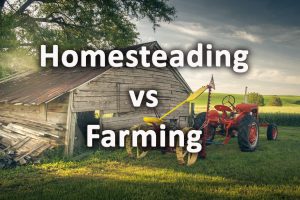
Homesteading verses farming what’s the difference?
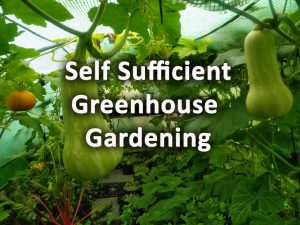
Self sufficient greenhouse gardening
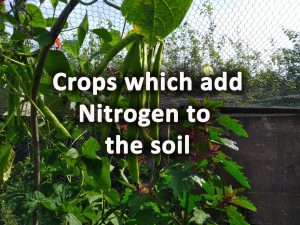
12 Crops which add nitrogen to the soil
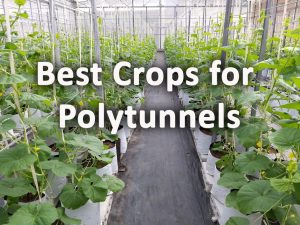
32 of the best crops for Polytunnels
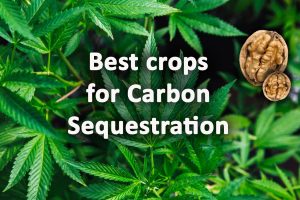
12 Best Crops for Carbon Sequestration
